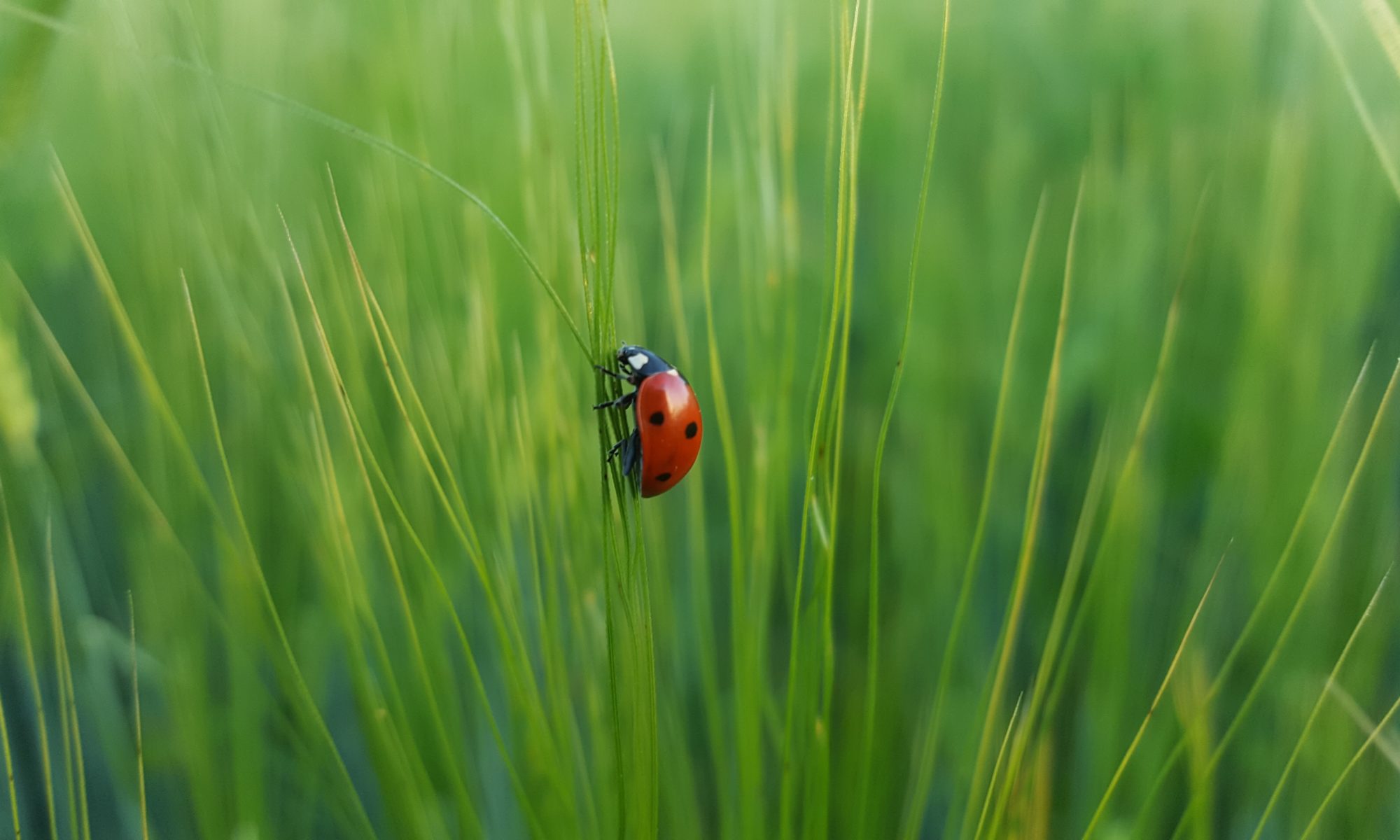I know this is a dog blog, mostly, but sometimes I’m going to talk about other things, interesting things to me, and I hope to you as well. I have been fascinated by ladybugs since I discovered that they are sold in places like Lowe’s Home Improvement and other stores with everything you could possibly need for your garden. Ladybugs are sold in the same area as pesticides because they are a type of living pest control!
Ladybugs are great for your rosebushes because their favorite food is aphids, which are tiny little insects that devour roses! And there is absolutely no downside to ladybugs. Besides all that, they are cute. I tell you all of this because they get inside our houses or apartments when winter comes. I looked this topic up on the internet because I wanted to find out more, and some of what I read amazed me.
Ladybugs Hibernate!
I actually looked up the topic to find out what ladybugs need to eat, since I have seen them in my house, but never near any food. I found that they don’t need food in the winter because their body goes through a process similar to hibernation! Just like bears?
I don’t know about that, but online I learned that they don’t need food in the winter when they’re strolling around your house (possibly looking for a place to crash? Which is why I guess they can be seen asleep on a curtain or a nightstand also), but they do need water, which is one reason they hang around your bathroom or your kitchen, near the sinks or the tub. If they’re outside when the temperature drops below freezing, they may hibernate under leaves.
Natural Defenses
What kind of natural defense does this cute little bug have? Ladybugs come in bright colors so their appearance can warn other animals to leave them alone. They can also secrete a fluid that makes them taste awful. Aphids and mites and mealy bugs know that the ladybug is an enemy.
Ladybugs can also fly, and not just from one rosebush to another. They can and do actually migrate from one country to another. Ladybugs were first called ladybird beetles in Europe, and were first brought to the Americas to help with garden pests. They are helpful, not harmful, so there is no need to kill them!

